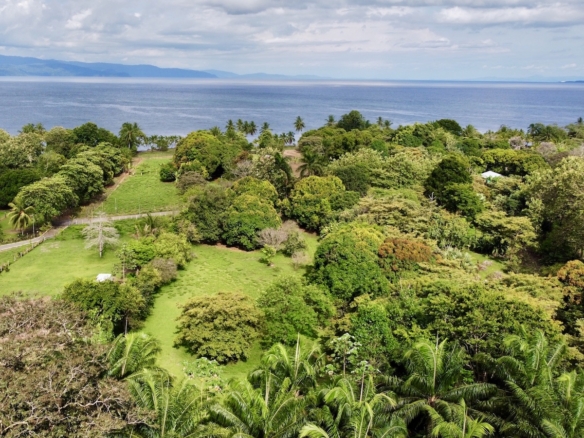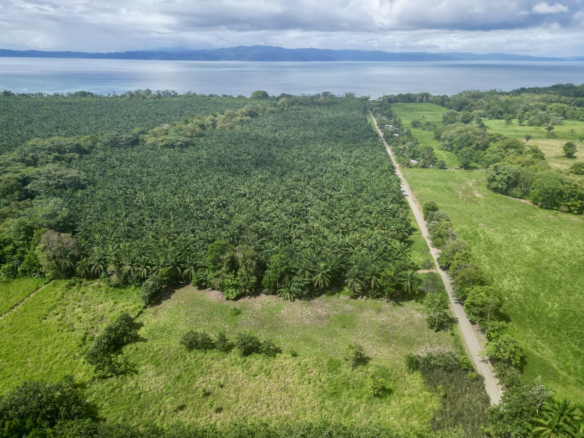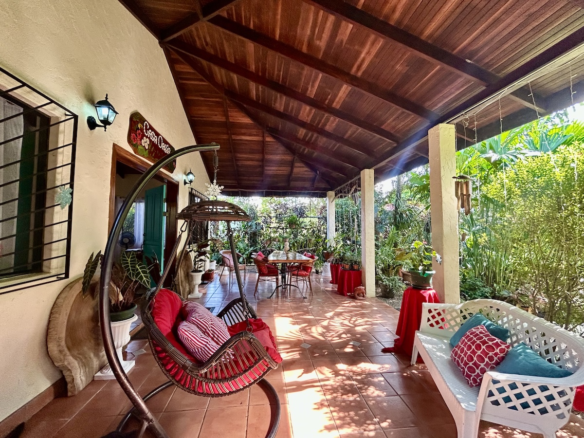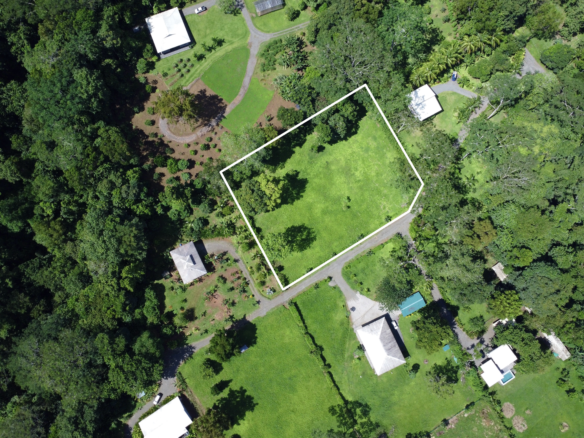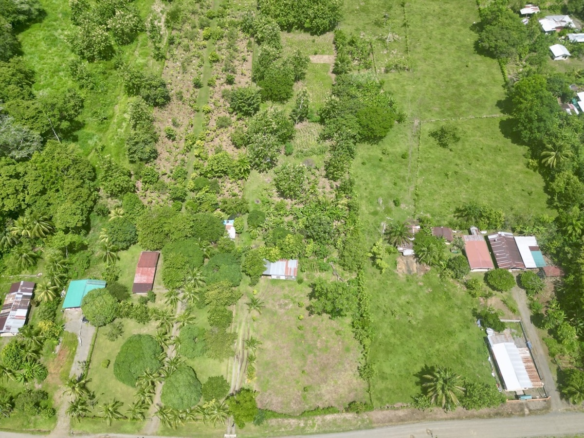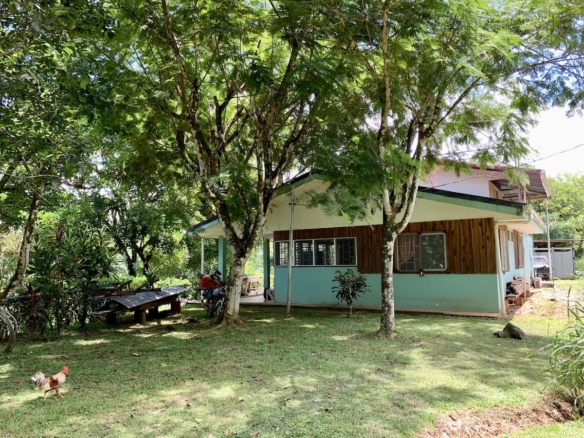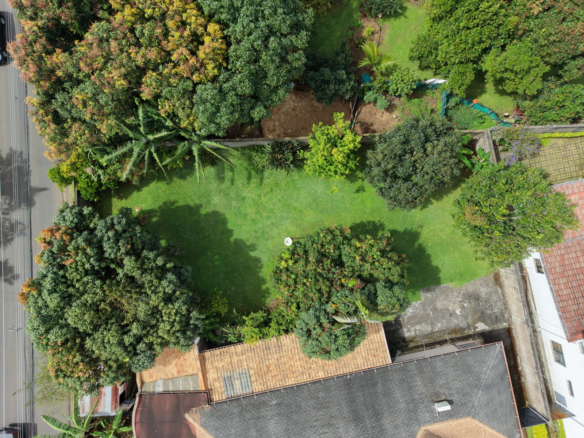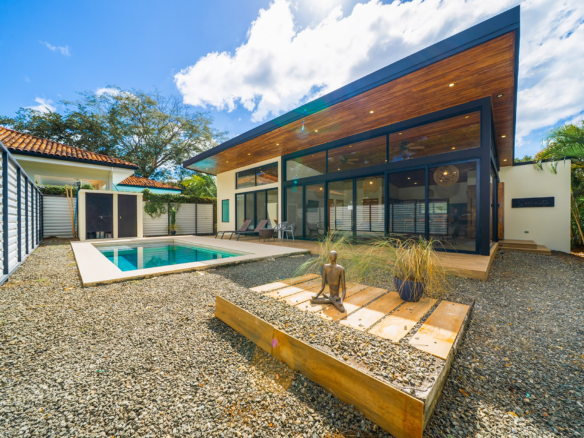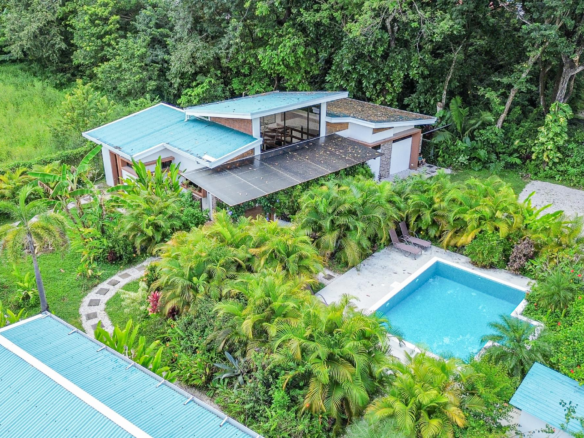- Find a Property
- Cities by Province
- Alajuela
- San José
- Puntarenas
- Bajamar
- Buenos Aires
- Ciudad Cortes
- Dominical
- Drake Bay
- Esparza
- Esterillos
- Golfito
- Hermosa
- Herradura
- Jaco Beach
- Jicaral
- Mal País
- Manuel Antonio
- Matapalo
- Miramar
- Montezuma beach
- Ojochal
- Palmar Norte
- Paquera
- Pavones
- Playa Naranjo
- Puerto Jiménez
- Punta Leona
- Puntarenas
- Quepos
- Santa Teresa
- Sierpe
- Tambor
- Tárcoles
- Uvita
- Guanacaste
- Bagaces
- Brasilito
- Cañas
- Filadelfia
- Flamingo
- Hojancha
- La Cruz
- Las Juntas
- Liberia
- Marbella
- Miravalles
- Nandayure
- Nosara
- Papagayo
- Playa Coyote
- Playa Grande
- Playa Hermosa
- Playa Junquillal
- Playa Langosta
- Playa Ocotal
- Playa Panama
- Playas del Coco
- Sámara Beach
- San Juanillo
- Santa Cruz
- Sardinal
- Tamarindo Beach
- Tilarán
- Heredia
- Limón
- Cartago
- Areas of Costa Rica
- Atenas and Alajuela
- Caribbean Beach
- Central Pacific Beaches
- Curridabat and East San Jose
- Escazu and Santa Ana
- Grecia, Naranjo and San Ramón
- Heredia and Cariari
- Lake Arenal and San Carlos
- Nicoya Peninsula Beaches
- North Pacific Beaches
- Osa Peninsula
- Other Central Valley areas
- Other Guanacaste areas
- Puriscal areas
- San Jose areas
- Siquirres – Guapiles areas
- South Pacific Beaches
- Real Estate Agents
- Contact
- Blog
Costa Rica Real Estate, from Coast to Coast, the Right Way!!!
- Home
- Costa Rica Real Estate from Coast to Coast
- Discover Puntarenas province, Costa Rica
- Discover Osa Peninsula
A lot has changed since Jeff first came to discover Osa Peninsula in the late 1980’s. It was a six hour drive from San Jose to the turnoff on National Route 245 and then a brutal four hour drive to Puerto Jimenez on a rough gravel road, sometimes impassable in the rainy season. Keep going another three hours and you arrive at roads end. But you discovered something quite spectacular, like nowhere else. The few foreign visitors that came to this region in those days were surfers, fishermen and rugged nature lovers willing to make the trek to experience this extraordinary part of Costa Rica.
The Osa Peninsula got its name from an indigenous tribal chief “Osa”, the word for “bear” which
they called the giant anteater. The Osa is home to Corcovado National Park, the crown jewel of
Costa Rica’s national park system and one of the most biologically diverse places on earth according to National Geographic.
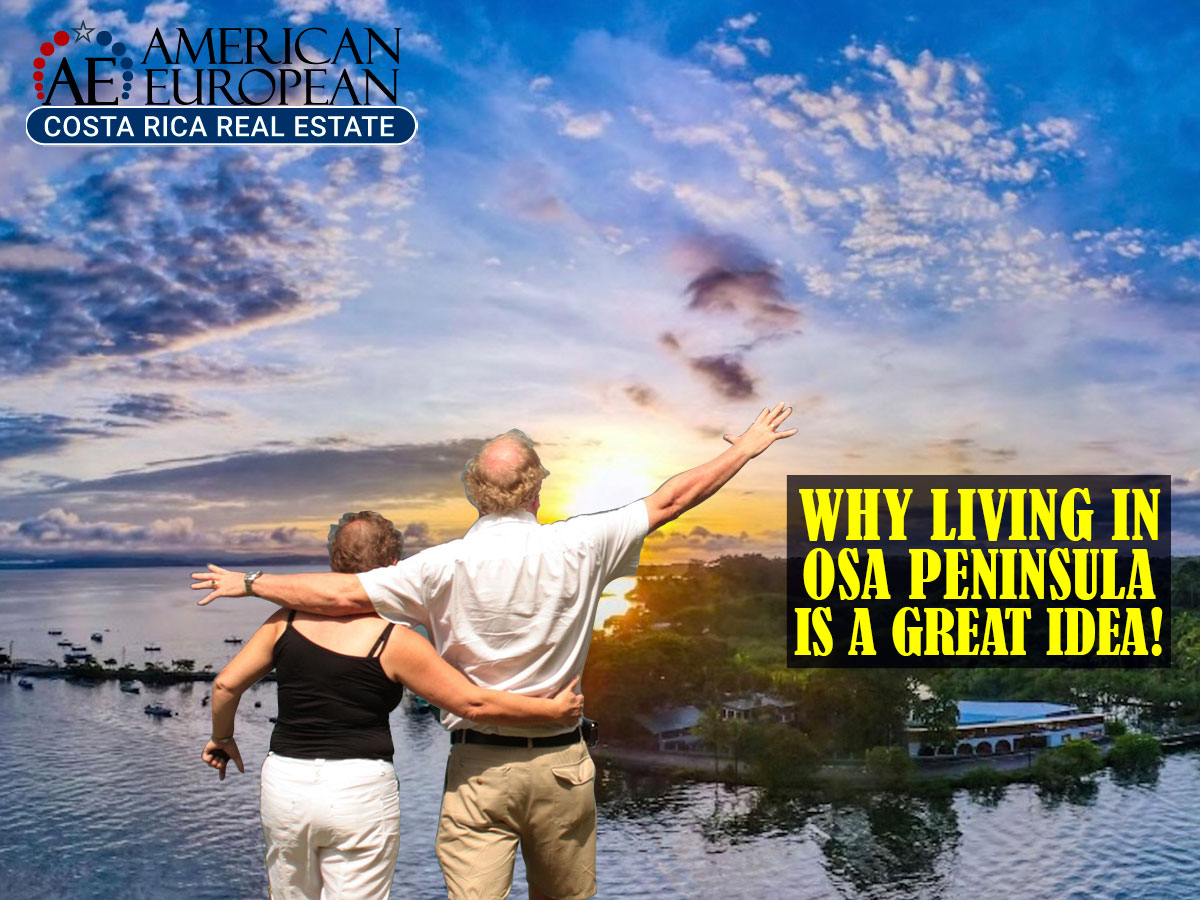
Today, the Osa Peninsula is a popular eco-tourism destination accessed by a paved highway
and connected to the national electric grid and fiber optic cable that dead end at the town of
Puerto Jimenez. The population of the area is about 8,000 with less than 10% of foreigners
living on the Osa at least part of the year. SANSA, the domestic airline currently schedules up
to 15 commuter flights daily to and from San Jose during the high season – more flights than any
other destinations in the country. There’s a variety of accommodations to fit all budgets, from
mom and pop motels, air B&B and 4-5 star jungle lodges. Hilton Hotels branded the one and
only condo project “Botanika” located next to the airport in Puerto Jimenez. Botanika finished
building its sold out third phase in 2024 with plans to build a first class marina as the next
phase.
The road around the peninsula dead ends at Carate, the jumping off point to Corcovado
National Park has been improved in recent years. New bridges across most of the rivers along
the peninsular road were installed in 2021. Four wheel drive is still a necessity but there is year
round access to most of the peninsula and all of the lodges and hotels. Many of the foreign
home owners and tourist resorts operate on solar power, generator or hydro-power.
The Last Best Peninsula
Even with the growth and changes over the years, the Osa is still Costa Rica’s wildest and most
spectacular region, where Jaguars still roam the jungle and Scarlet Macaws fly around in the
towns. Bordered by the Golfo Dulce on the east side and the Pacific Ocean on the west make
for some stunning land and sea-scapes. It’s more lush and tropical than the northern zone, with
abundant exotic wildlife, deserted beaches and virgin forests.
The Osa’s unique bio-diversity is made up of eight different habitats with the largest and most
exuberant lowland, wet tropical forest remaining in Pacific Central America. Species density
and geographical location make it unique.
The largest trees in Costa Rica are found in the forests of the Osa. Endangered plant and
animal species still exist here such as the Tapir, the Giant Anteater and the Harpy Eagle that
preys on monkeys in the trees. The big cats are still king of the jungle and most species of wild
animals and birds are seen regularly throughout the area. The largest population of Scarlet
Macaws in most of Latin America thrive in Osa along with 4 species of monkeys and the rare
Blue Morpho butterfly. The numbers speak for themselves – 400 species of birds, 200 species of
mammals, 700 species of trees – and an entomologist’s dream with 10,000 + species of insects.
Non-mainstream tourist’s have discovered this previously little known, rugged paradise and
come from around the world to experience the “wild side” of Costa Rica. Osa is evolution at its
finest, a naturalist’s paradise and an outdoor adventurer’s dream. Truly a paradise lost, thirty
years ago Outside Magazine called it “The Last Best Peninsula” which holds true to this day.
The Golfo Dulce
You can’t talk about the Osa Peninsula without mentioning the Golfo Dulce or “Sweet Gulf”, the only tropical fiord in the world. Now a World Heritage site, the Golfo Dulce is home to migrating humpback whales and the only place on the earth where humpbacks travel from both the Arctic and Antarctic to breed and give birth to their calfs. If you want a close encounter with these magnificent animals this is the place to visit. Large populations of dolphins live here year round and the endangered, “gentle giant” whale sharks come up the gulf in the summer months. The Green and the Olive Ridley sea turtles lay their eggs at the highest moon-tides along the entire sandy coastline of the peninsula from July to November. Pristine and protected from exploitation by commercial fishing, the Golfo Dulce is a natural marine anomaly and a recreational paradise for sightseers, kayakers and sport fishermen.
Puerto Jiménez
The gateway to the Osa Peninsula was originally founded as Santo Domingo, a frontier outpost for gold miners, loggers and farmers. As the village grew it relocated nearby to higher ground and was renamed Puerto Jimenez. The main access to this port town was by boat up until the road was improved in the 70’s. From the 80’s on, the town ran on generator with a handful of
basic shops, eateries, bars and a small brothel just down the street from the church. Some
locals still rode a horse to town up into the 90’s. The old pier was used by local fishermen, dugouts and pangas and a daily passenger fairy ran to and from Golfito on the other side of the gulf. Today Puerto Jimenez is a bustling little town due to the influx of tourism and foreigners
that have settled in the area. There’s a small hospital, modern supermarket, hardware stores and assorted shops and restaurants that cater to locals and tourists. Much of the peninsula is still without electricity or paved roads and four wheel drive taxis are the main form of transportation.
Climate
How’s the weather? Fairly hot all year of course. It’s the tropics! But being a peninsula of land surrounded by water tempers the humid climate along the coastline and at elevation. The heat is not as intense as the drier Guanacaste region nor as stifling as the humid summers in south Florida. December through April is the dry season with the rainy season starting around May.
The heaviest rains come in September and October. The Caribbean born hurricanes only pass as far south as Nicaragua, affecting Costa Rica with heavy rains but not the destructive high winds.
Real Estate
Real estate has been a hot market in recent years as more people have discovered the wild side of Costa Rica, attracting those with a bit more adventure spirit and a desire to co-exist with unspoiled nature. Property values have risen as they have everywhere in Costa Rica during the recent boom but are still lower compared to Guanacaste and the South Pacific Coast around Dominical / Uvita. Osa is a great investment, not just in terms of property values but also one’s own connection with the natural world.
Our Affiliate
Jeff Lantz is a true real estate pioneer in Costa Rica. He entered the real estate arena back in 1988 when he bought a couple of properties down in the Osa Peninsula, the furthest point south on the Pacific side of Costa Rica.
Real estate is now a hot market as people discover the unspoiled “wild side” of Costa Rica and its pristine beaches, vast forests and abundant wildlife – where Jaguars still roam the jungle and Scarlet Macaws fly around in the towns.
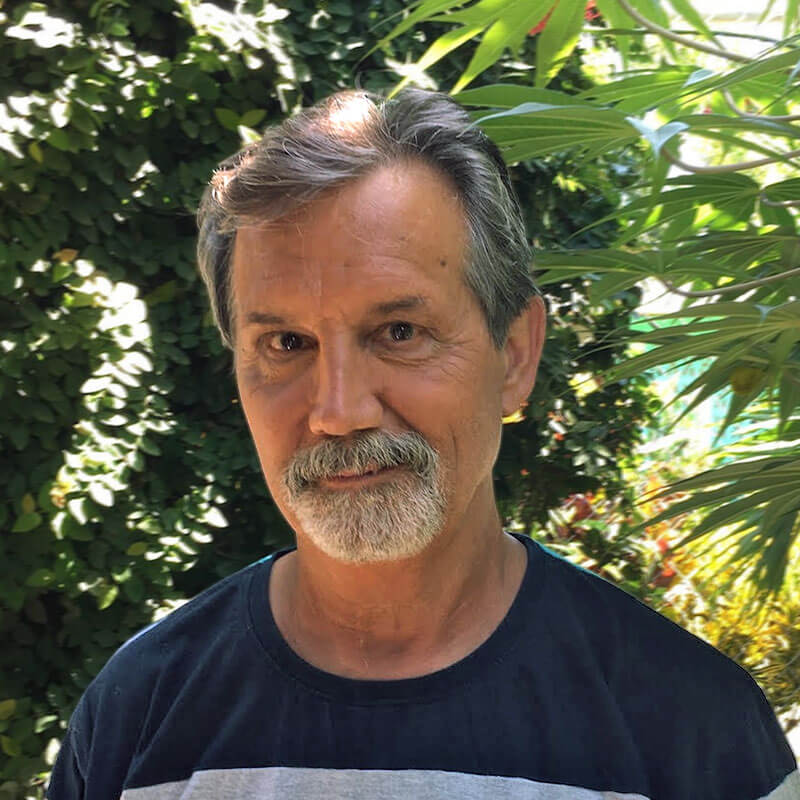
Find properties in this area
Titled Lot in Nice Puerto Jimenez Beach Community
- $250,000
- Lot size (m2): 5242
Building Lot walk to Golfo Dulce beach
- $100,000
- Lot size (m2): 7500
Turnkey 2 BR Single Story Puerto Jiménez Home
- $270,000
- Beds: 2
- Bath: 1
- Lot size (m2): 565
Private Community Ocean View Lot in Osa Peninsula
- $109,000
- Lot size (m2): 5164
Large Building Lot Near Puerto Jiménez
- $120,000
- Lot size (m2): 10000
La Palma Turnkey 2 BR Garden Home on Large Parcel
- $150,000
- Beds: 2
- Bath: 1
- Lot size (m2): 35075
Properties for sale
Flat Bariloche Heredia Commercial and Residential Building Lot
- $125,000
- Lot size (m2): 250
- Residential Lots
Beautiful Flat 5000 m² Horquetas Sarapiquí Residential Building Lot
- $70,000
- Lot size (m2): 5000
- Residential Lots
Modern Contemporary Tamarindo Beach 2 BR House with Pool
- $599,000
- Beds: 2
- Baths: 2
- Construction size (m2): 120
- Lot size (m2): 588
- Residential Homes
Buena Vista Samara Private 2 BR Jungle Home and Casita
- $469,000
- Beds: 3
- Baths: 3
- Construction size (m2): 155
- Lot size (m2): 1372
- Residential Homes
Costa Rica Property Types
Costa Rica Areas
- South Pacific Beaches
- Nicoya Peninsula Beaches
- Escazu and Santa Ana
- San Jose areas
- Atenas and Alajuela
- Other Guanacaste areas
- Central Pacific Beaches
- Osa Peninsula
- North Pacific Beaches
- Heredia and Cariari
- Puriscal areas
- Curridabat and East San Jose
- Lake Arenal and San Carlos
- Caribbean Beach
- Grecia, Naranjo and San Ramón
- Other Central Valley areas


